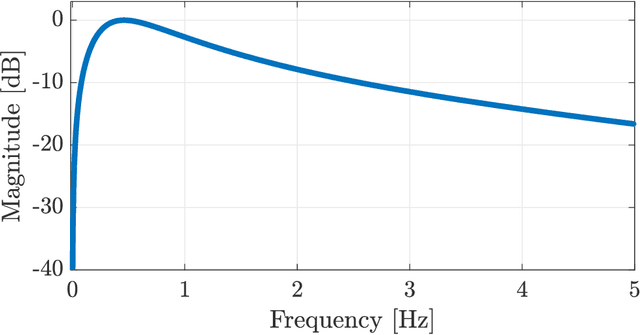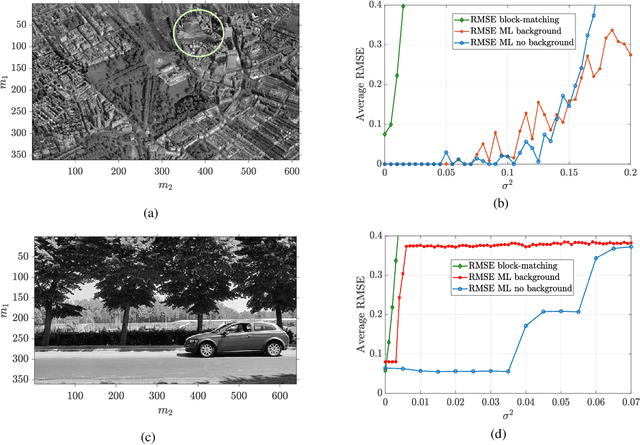Veronica Mattioli
Motion Magnification Algorithms for Video-Based Breathing Monitoring
Nov 29, 2022



Abstract:In this paper, we present two video processing techniques for contact-less estimation of the Respiratory Rate (RR) of framed subjects. Due to the modest extent of movements related to respiration in both infants and adults, specific algorithms to efficiently detect breathing are needed. For this reason, motion-related variations in video signals are exploited to identify respiration of the monitored patient and simultaneously estimate the RR over time. Our estimation methods rely on two motion magnification algorithms that are exploited to enhance the subtle respiration-related movements. In particular, amplitude- and phase-based algorithms for motion magnification are considered to extract reliable motion signals. The proposed estimation systems perform both spatial decomposition of the video frames combined with proper temporal filtering to extract breathing information. After periodic (or quasi-periodic) respiratory signals are extracted and jointly analysed, we apply the Maximum Likelihood (ML) criterion to estimate the fundamental frequency, corresponding to the RR. The performance of the presented methods is first assessed by comparison with reference data. Videos framing different subjects, i.e., newborns and adults, are tested. Finally, the RR estimation accuracy of both methods is measured in terms of normalized Root Mean Squared Error (RMSE).
A Maximum Likelihood Approach to Speed Estimation of Foreground Objects in Video Signals
Mar 10, 2020
Abstract:Motion and speed estimation play a key role in computer vision and video processing for various application scenarios. Existing algorithms are mainly based on projected and apparent motion models and are currently used in many contexts, such as automotive security and driver assistance, industrial automation and inspection systems, video surveillance, human activity tracking techniques and biomedical solutions, including monitoring of vital signs. In this paper, a general Maximum Likelihood (ML) approach to speed estimation of foreground objects in video streams is proposed. Application examples are presented and the performance of the proposed algorithms is discussed and compared with more conventional solutions.
 Add to Chrome
Add to Chrome Add to Firefox
Add to Firefox Add to Edge
Add to Edge